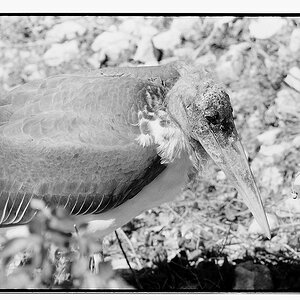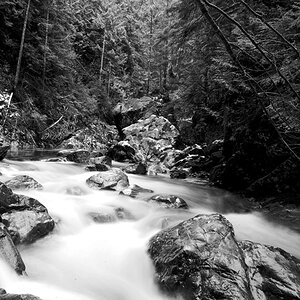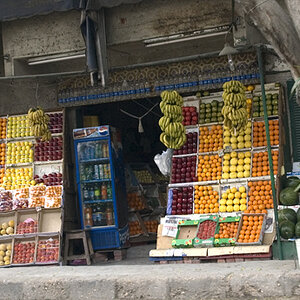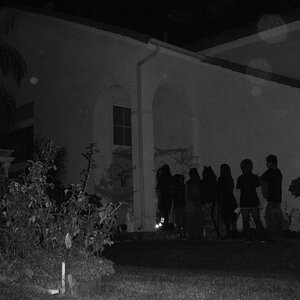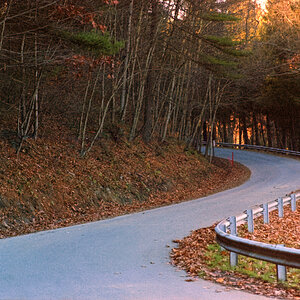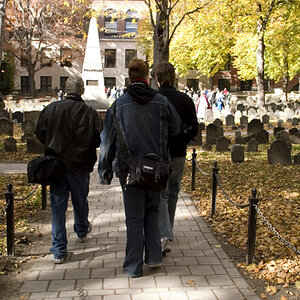kenzee
TPF Noob!
- Joined
- Jan 10, 2009
- Messages
- 7
- Reaction score
- 0
- Location
- Beautiful British Columbia
- Can others edit my Photos
- Photos OK to edit
Hi..as you can see, I'm brand new here. I'm not a photographer, I'm a glass artist. I'm trying to improve my macro photography skills since I make handmade glass beads and need to represent myself online with really great photos.
Right now I have a digital Fujifilm S1000~ I set up a small frame for 2 clip on lights (75 watt daylight bulbs with velum paper taped over the fixtures) and one overhead desk lamp
I've tried different settings but usually come back to one of the settings which is natural light with F2.8
I use photoshop..levels to change the white balance and the unsharp mask to crisp the lines. I do need to play with the saturation at times if the color is not true.
I don't have a budget to change much of that so I have to learn to work with what I have.
I don't feel these are horrid but I'm not real happy with the clarity/crispness or the color..and I don't like to have to push the saturation to get a truer color in one area because this leaves another area looking too bright. As in the bottom pic.
a couple of examples:

and one more:
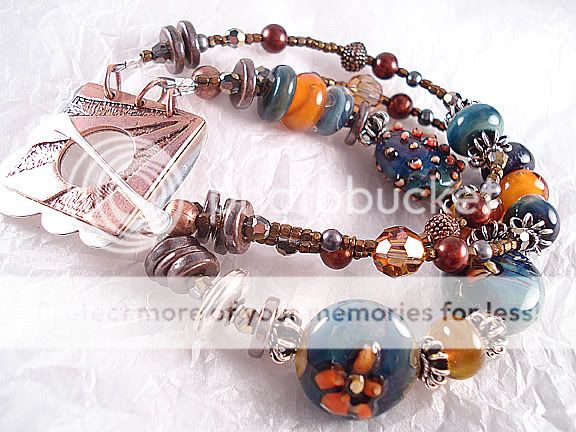
This one I had to use photoshop to get the true color of the blue beads which then messed with other aspects of the bracelet, such as the clasp, and some of the metal componants.
I'd really appreciate any suggestions anyone may have. Please keep in mind that I'm not able to upgrade my camera right now.
Right now I have a digital Fujifilm S1000~ I set up a small frame for 2 clip on lights (75 watt daylight bulbs with velum paper taped over the fixtures) and one overhead desk lamp
I've tried different settings but usually come back to one of the settings which is natural light with F2.8
I use photoshop..levels to change the white balance and the unsharp mask to crisp the lines. I do need to play with the saturation at times if the color is not true.
I don't have a budget to change much of that so I have to learn to work with what I have.
I don't feel these are horrid but I'm not real happy with the clarity/crispness or the color..and I don't like to have to push the saturation to get a truer color in one area because this leaves another area looking too bright. As in the bottom pic.
a couple of examples:

and one more:

This one I had to use photoshop to get the true color of the blue beads which then messed with other aspects of the bracelet, such as the clasp, and some of the metal componants.
I'd really appreciate any suggestions anyone may have. Please keep in mind that I'm not able to upgrade my camera right now.


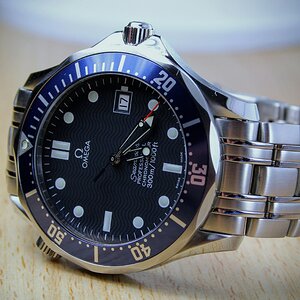
![[No title]](/data/xfmg/thumbnail/35/35948-700e0d840da0ca73727b1bd6d99b4142.jpg?1619737257)
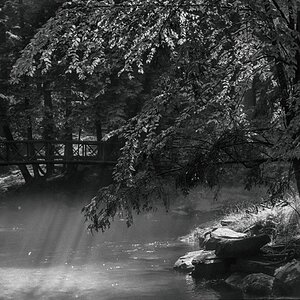

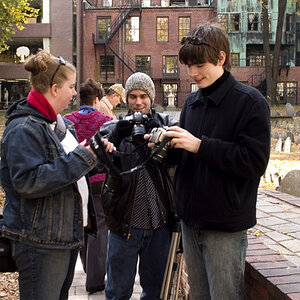
![[No title]](/data/xfmg/thumbnail/32/32173-af05ea40d00ae9cd79a01007df914b5f.jpg?1619735234)
